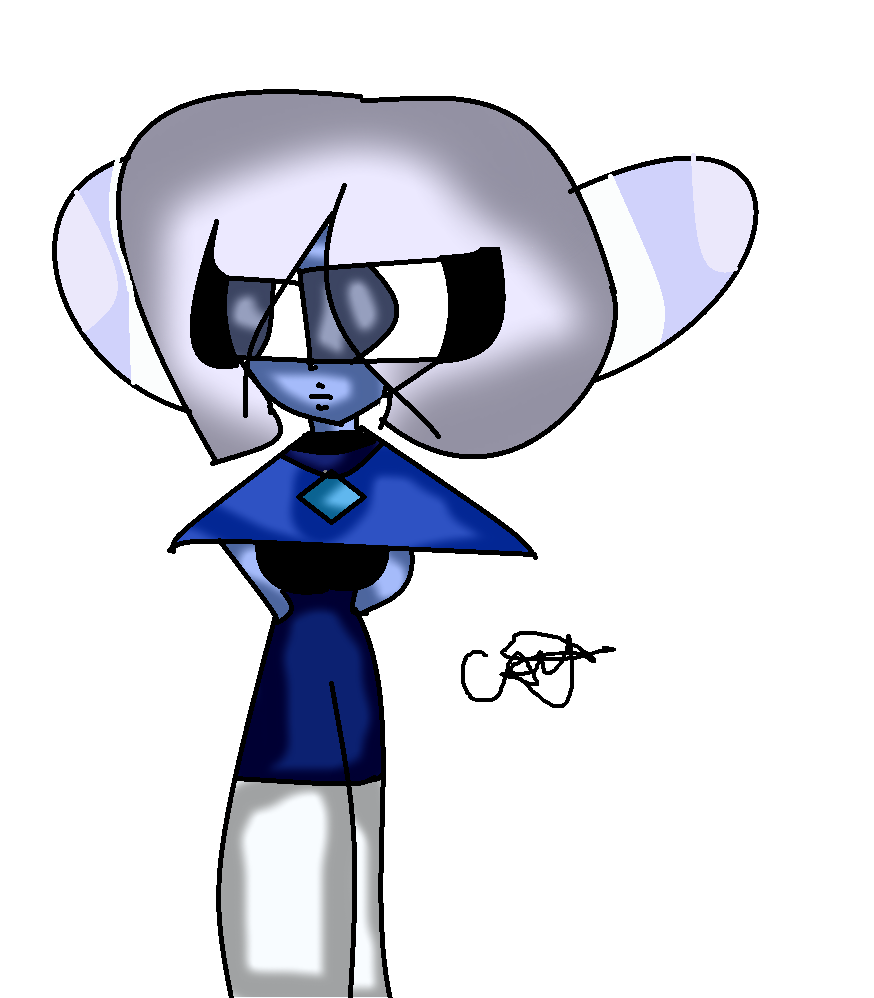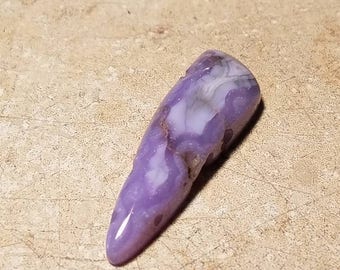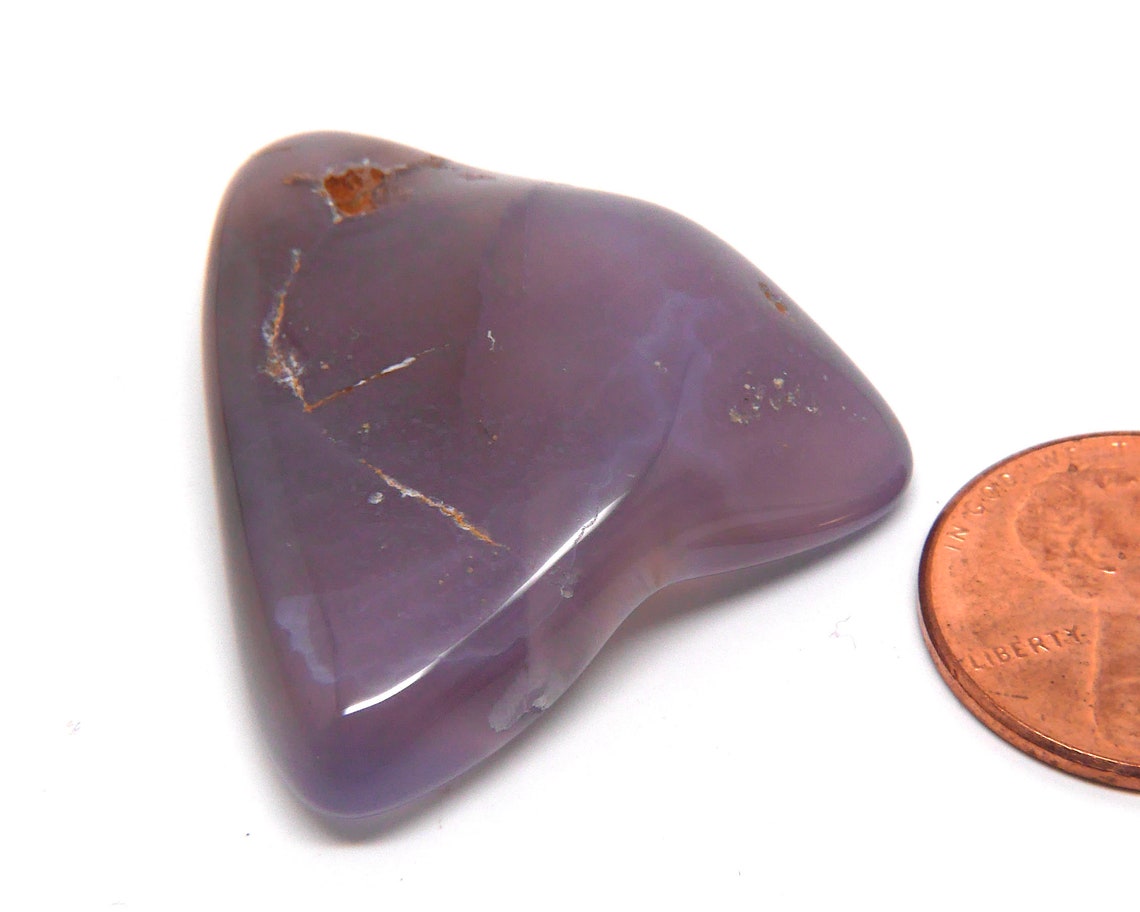

The term “blue chalcedony” is often interchanged with “blue agate” or “blue chalcedony agate” on the market although they are similar materials, they are somewhat different in appearance. While most chalcedony varieties are translucent to semi-translucent, some very fine material may reach the semitransparent level. Blue chalcedony definitely falls under this banner. On the other hand, the pale colors referred to as “pastels” have their own attraction and charm, and have been successfully marketed. The chalcedony gems with the most allure-and, consequently, the higher prices-are the ones with the brighter and more intense colors.


It may show hue and tone variations within the primary color, or some color banding, but it is best known and valued among carvers and lapidaries for their color uniformity and lack of undesirable inclusions. Patterns are not as common in this material as in multicolor, banded agates and jaspers. In the jewelry trade, however, the term mainly refers to the white, gray or blue, translucent type. Some chalcedonies are better known by their variety names, such as chrysoprase or carnelian, some by their color prefix, such as pink chalcedony, and others by a mine name or location, such as Holley blue chalcedony. It is hard enough to be used for intricate carvings, takes a high polish, and exhibits good wearability, making it suitable for jewelry pieces. While chalcedony may be slightly softer than quartz (Mohs 6.5-7), the compact, dense arrangement of its crystal structure gives chalcedony greater strength. It rates a 7 on the Mohs Scale of Hardness.Ĭhalcedony is a cryptocrystalline, or microcrystalline, variety of quartz its crystals are too small to be distinguished without magnification. Crystals form in the trigonal system and can be terminated, doubly terminated, or twinned. Its varieties include rock crystal, amethyst, rose quartz, and smoky quartz. Crystalline (sometimes called macrocrystalline) quartz typically forms crystals that are large enough to be visible to the naked eye. (Photo courtesy Both chalcedony and quartz have the chemical formula SiO2 the difference between the two is in their crystal structure. Chalcedony Rock Science Blue chalcedony nodules range in size and shape, and the colors vary from baby blue to bright blue to subdued tones of light blue. Over the centuries, blue chalcedony has been used for cameo and intaglio carvings, as well as sculptural carvings. The contemporary town is named Kad'köy and belongs to the Istanbul district.Ĭhalcedony is one of the most ancient gemstones it was carved into cylindrical seals in Mesopotamia as early as the 7th century BCE.
_by_RylerGamerDBS.png)
Chalcedony was found at the ancient Greek maritime town of Chalcedon (or Chalkedon), on the Bosporus straight in Asia Minor (modern-day Turkey). The name chalcedony (pronounced kal’ sed'nee) comes from the Latin word chalcedonius, which is derived from the Greek khalkedon. Origins of Chalcedony Pin this post to save this information for later. It occurs in both crystalline and massive forms, such as nodules and smooth, rounded pebbles, massive boulders, druzy or botryoidal formations, nodules with druzy lining, or masses lining the inside surfaces of geodes.Įven though blue chalcedony is mined in numerous places in the world, the quantity of rough material reaching the market is limited, which accounts for it reputation as a somewhat rare-or, at the very least, uncommon-gem material. Blue chalcedony is found in several places worldwide, with prime locations being Turkey, Namibia and Montana. Its pleasing color has made it a most desirable gemstone among lapidaries, jewelry designers, and collectors around the world. Blue chalcedony is a very attractive variety of silica.


 0 kommentar(er)
0 kommentar(er)
